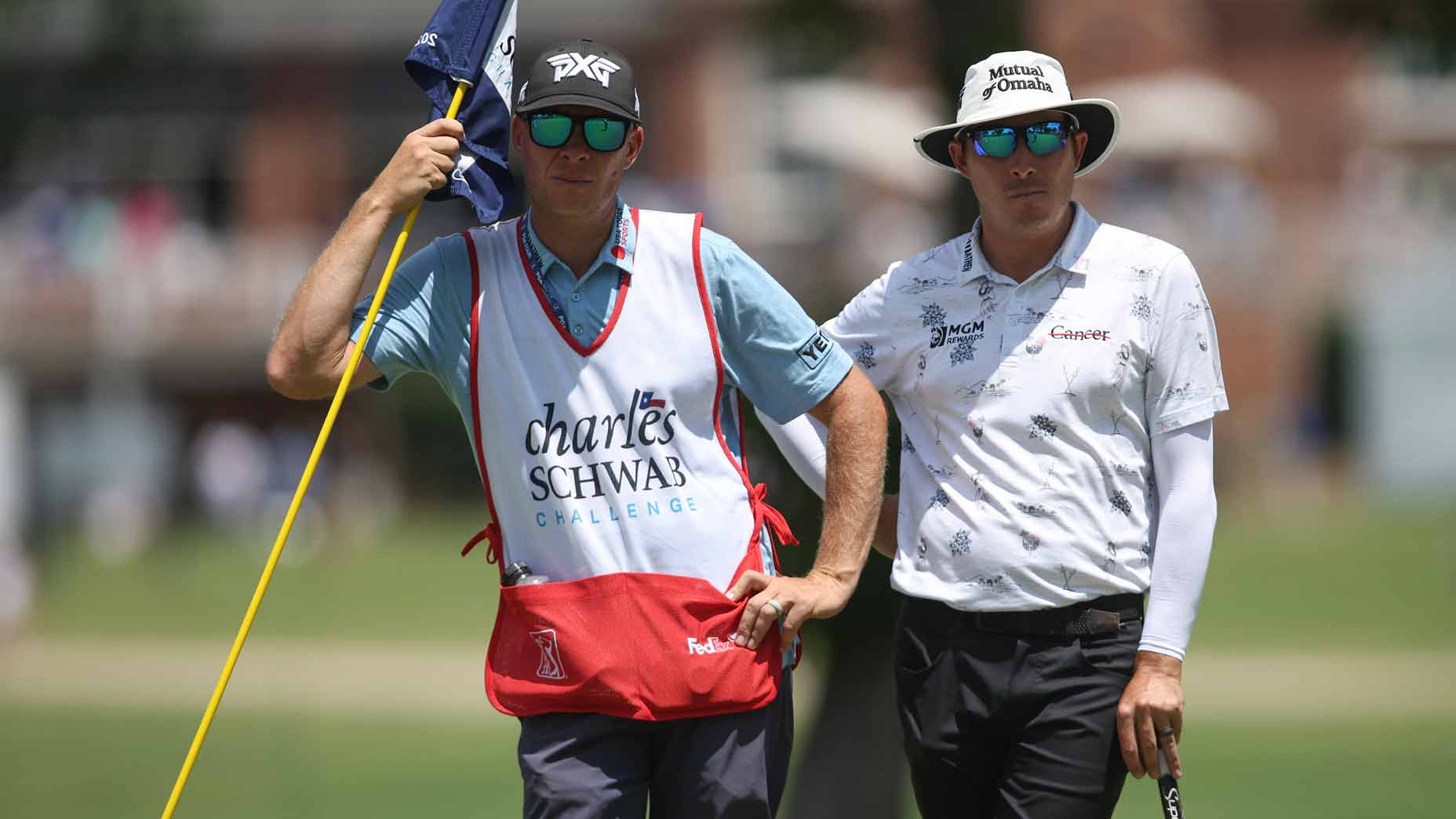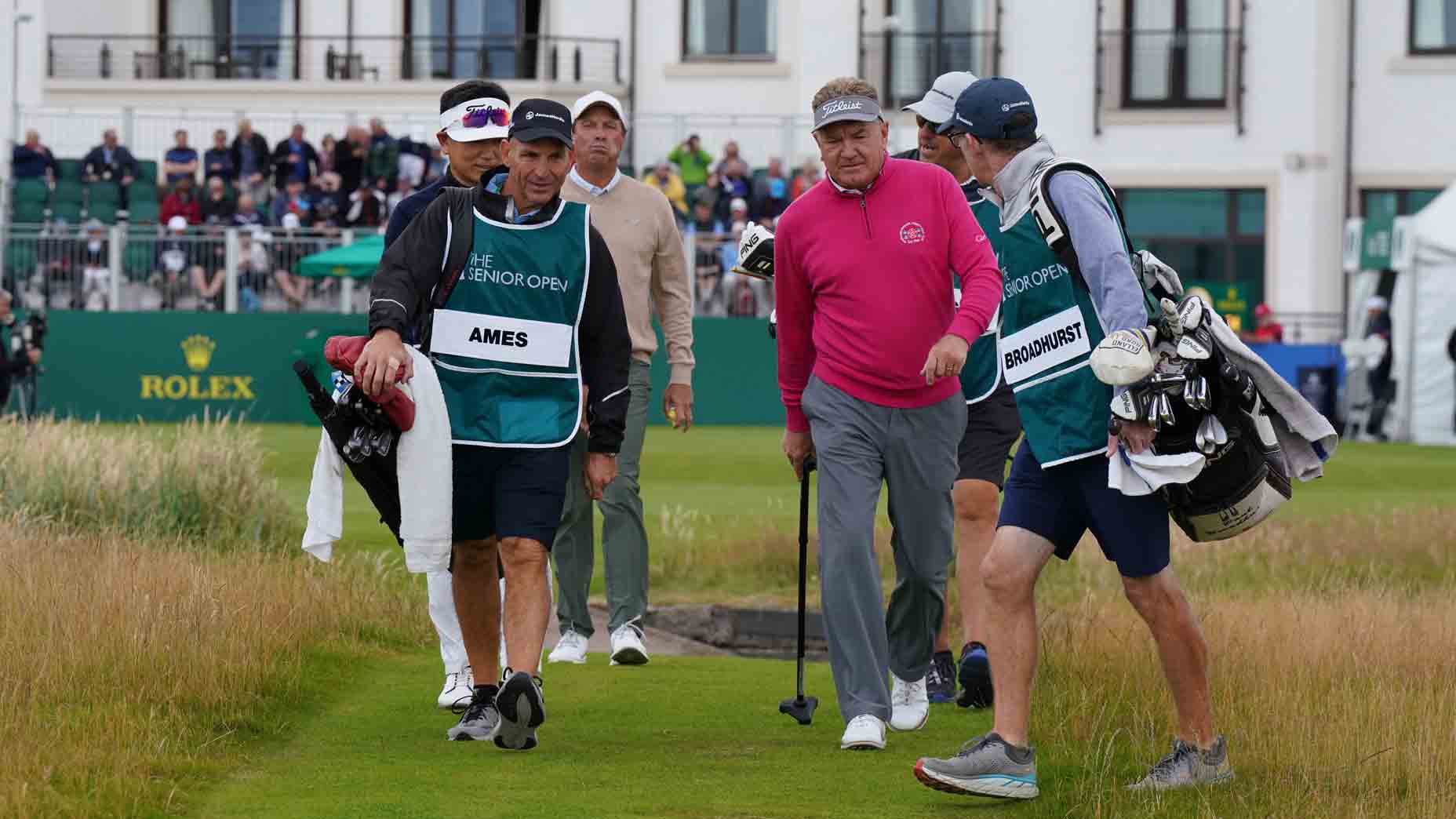Of the 74 players who made the cut at the Honda Classic in February, Justin Thomas ended the tournament ranked T60 in driving accuracy, having hit just 31 of 56 fairways. And he won the event. Was this an anomaly or, as an indicator of Tour pro prowess, has driving accuracy become irrelevant?
Some numbers: As of this writing, all of the top 10 players in the world were ranked inside the top 60 in strokes gained driving, yet nine of them are ranked outside the top 100 in driving accuracy. Despite the implication, this doesn’t definitively mean that driving accuracy is unimportant. It’s just less important than driving distance.
Distance > Accuracy
To compare accuracy versus distance off the tee, two tacks are necessary. First, because fairways hit and distance are not directly comparable, we need to measure both in the same units of strokes. I’m talking strokes gained, of course. Second, we need to look at comparable changes in these two related but distinct areas. In other words, it makes no sense to compare a five-yard difference in distance with a five-fairways-per-round difference in accuracy. The relevant question is: How does the gain that long drivers get from their added length compare to the gain that straight drivers get from their increased accuracy?
The top ten straightest drivers on Tour gain an average of 0.7 strokes per round versus the field. This gain comes from hitting more fairways and from hitting fewer shots into recovery and penalty situations. By comparison, the Tour’s top ten longest drivers gain an average of 1.1 strokes per round versus the field. The gain from longer drives outweighs the gain from straighter drives by almost a half stroke. Distance contributes 60 to 65 percent and accuracy about 30 to 35 percent when measuring strokes gained driving.
It’s no wonder the world top ten is packed with players well above average in driving distance and only slightly below average in driving accuracy. They average 11 yards longer per drive than the Tour average, with Dustin Johnson, Rory McIlroy and Jon Rahm averaging almost 20 yards longer.
Yeah, they bomb it, turning many par 4s into driver-wedge holes, and many par 5s into two-shot holes. On Tour, the average number of fairways (and “intermediate” cuts) hit is 8.8 per round. The world top 10 in distance averages 8.6, or just 0.2 fairways less per round. These long tee-ballers aren’t wild, they’re just a hair more wayward, and that’s pretty remarkable given their length. Do they need to gouge it? Hardly.







